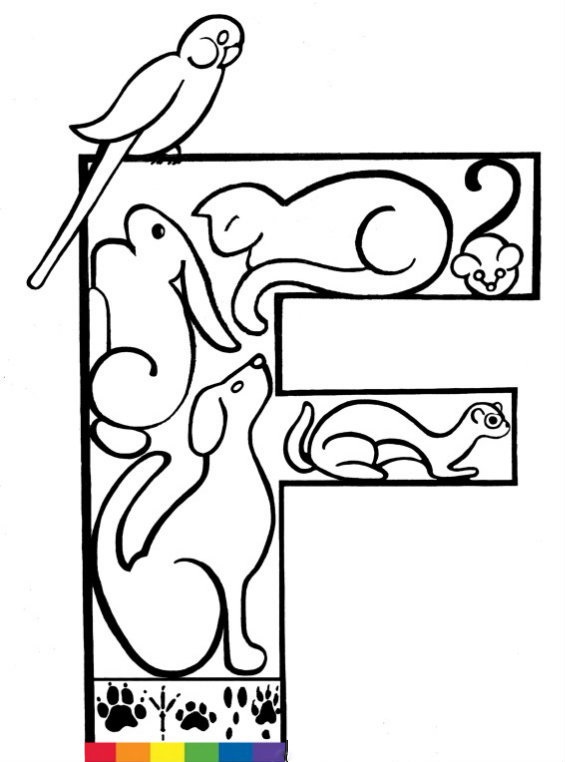New imported distemper strain in dogs
• In early October of 2018, a 12-week old “Sheltie” arrived from Korea. Approximately 12 days later, the dog began showing a cough and lethargy with blood work indicating “anemia.” About 10 days later, the dog developed unilateral myoclonus with relapsing lethargy. In another week, the neurological signs had progressed to tonic-clonic seizures that continued to worsen to a persistent, uncontrolled myoclonus at which time the dog was euthanized.
• Samples (serum, ocular swab, urine) obtained at 9 days post onset of clinical signs were forwarded to the Animal Health Diagnostic Center (AHDC) for canine influenza virus (CIV) serology and canine distemper virus RealTimePCR (RT-PCR) testing.
• The test indicated no exposure to H3N2 CIV which is the endemic strain of CIV A in Korea.
• However, the RT-PCR tests on the ocular swab and urine were strongly positive for canine distemper virus (CDV).
• Attempts were made to isolate the distemper virus from the samples submitted for PCR, but with no success.
• Our next effort was to try to obtain sequence for virus directly from the nucleic acid used for the RT-PCR assay.
• This was successful for the F and H genes of CDV. Phylogenetic analyses of the sequences against various clades of CDV, indicated that the imported dog was infected with the Asia-1 strain of CDV.
• We have no information on the existence of this CDV strain in North America.
• While we have been most concerned with the importation of CIV from Asia to North America by improper procedures by various “rescue” groups, the importation of CDV may be more significant in that CDV once it enters an ecosystem cannot be eradicated even with effective vaccines.
• Once again the North American dog population is being put at risk the importation of foreign animal diseases.
FEBRUARY 27, 2019. report from Cornell University’s Animal Health Diagnostic Center, describing importation of a canine distemper strain that hasn’t been found before in North America

